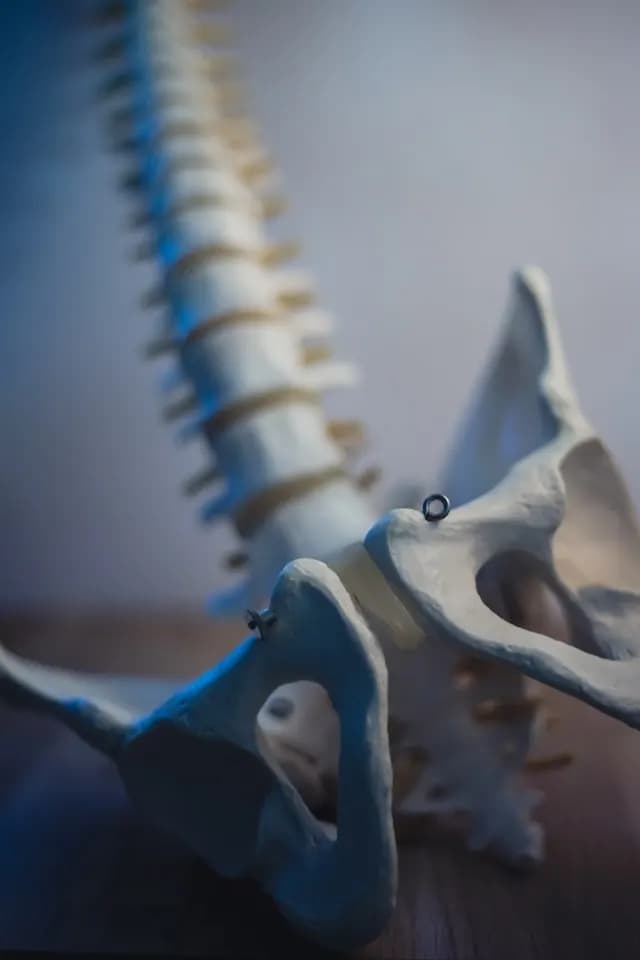Pelvic Floor Therapist Recommendations for Perinatal Pelvic Floor Concerns

Carrying and birthing babies puts a strain on the body, particularly the pelvic floor, which is a group of muscles that form a sort of hammock which support the function of organs such as the bladder, intestines, and rectum. Common concerns related to the pelvic floor during and after the perinatal period include:
- Urinary Incontinence (UI) or the loss of bladder control, is common in pregnancy. One study from 2020 found the overall prevalence of UI was 66.8%, noting prevalence increased with each trimester, from 55% in the first trimester, up to 70% in the third.1 Common misconceptions that prevent women from seeking help are that UI is unavoidable during pregnancy and that it resolves on its own. These are not true and a pelvic floor physical therapist can address UI concerns, leading to increased physical and mental well-being.
- Pelvic Organ Prolapse (POP) is when one or more organs in the pelvis sags or even bulges into the vagina. Nearly one-half of all women between the ages of 50-79 have some degree of uterine or vaginal prolapse, or some other form of pelvic organ prolapse. Giving birth is the highest risk factor for uterine prolapse and pelvic floor physical therapy can help reduce the risk.2
- Dyspareunia, or pain during vaginal intercourse, is common in both pregnancy (10-62% in the first trimester, 13-44% in the second, and 17-69% in the third) and postpartum (12-62% at 3 months, 17-45% at 6 months and 8-32% at 12-18 months).3 Research shows that pelvic floor physical therapy is an option for relieving pain with dyspareunia.4
Whether experiencing symptoms or not, I strongly recommend all clients get an assessment of their pelvic floor during and/or after birth. In Illinois, you do not need a referral from your OBGYN or Midwife for physical therapy; you can schedule directly with a physical therapist for any pelvic floor, hip or back issues you have during or after pregnancy. (Be sure to confirm with your coverage with insurance prior to starting physical therapy, as HMO plans may still require a referral from a primary care provider.) Pelvic floor physical therapy can also help address pain at a c-section scarring site, so it’s worth consulting with a pelvic floor therapist specialist, whether you have a vaginal or c-section birth.
Referrals for Pelvic Floor Therapists in Chicago and Chicagoland area:
- Laura Gleason with Chicago Physical Therapists
- Sarah Dawson with Athletico Lincoln Park SoNo
- Alexa Bancel with B.Wise Rehabilitation
- Alison Raker with Riverside Medical


